Seafood exports could lose half a billion USD per year if given a "red card"
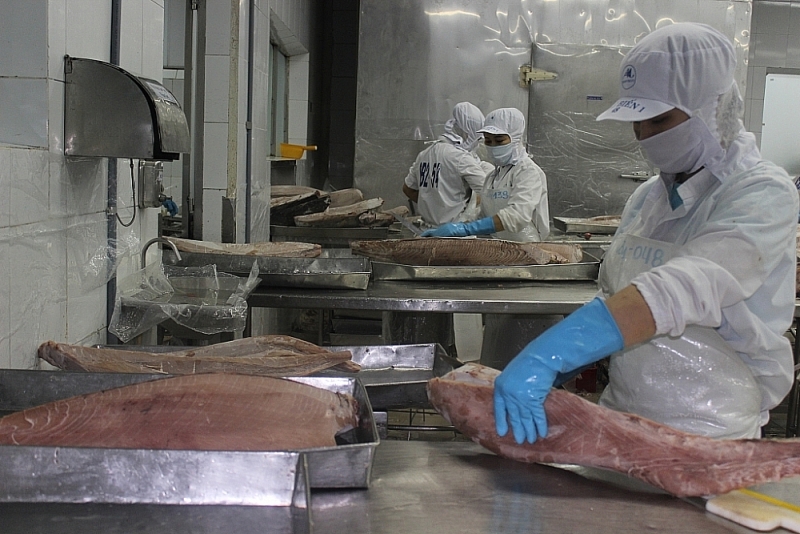 |
| Tuna exports to the EU were strongly affected by the IUU "yellow card". Photo: T.H |
Downgrade because of IUU "yellow card"
On August 10, the Vietnam Association of Seafood Exporters and Producers (VASEP) in collaboration with the World Bank published a report “A Trade-Based Analysis of the Economic Impact of Non-Compliance with Illegal, Unreported and Unregulated Fishing -IUU: The Case of Vietnam”.
Seafood is Vietnam's fifth largest export item in terms of value, accounting for about 4% of the country's export turnover. Vietnam's seafood exports have ranged from US$8.5 billion to nearly US$9 billion per year in recent years, of which aquaculture has contributed 60 - 65%, and exploited seafood has accounted for 35 - 40% of the value.
As the third largest seafood exporter in the world, in recent years, Vietnam has focused on sustainable development of the seafood industry. However, with the characteristics of small fisheries, Vietnam is facing a big challenge related to the "yellow card" warning issued by the European Commission (EC) from October 2017, due to insufficient efforts to combat illegal, unreported and unregulated fishing (IUU).
The EC's IUU "yellow card" has caused Vietnam's seafood exports to this market to decline continuously since 2017.
Comparing the export results of 2017-2019, after two years of being affected by the IUU "yellow card", seafood export turnover to the EU market decreased by 12%, equivalent to US$183.5 million. Accordingly, the total export turnover of seafood products decreased by over 10% after two years, equivalent to a decrease of US$43 million, of which octopus fell the most by 37%, bivalve molluscs decreased by 11%, tuna down nearly 2%, crab down 11%. Exports of aquaculture products to the EU also decreased by 13% from 2017 to 2019.
This downward trend in exports will continue into 2020, especially due to the double impact of the Covid-19 pandemic, IUU "yellow card" and Brexit, seafood exports to the EU market decreased by 5.7% compared to 2019, only reaching US$959 million.
Since 2019, the EU has dropped from the second position to the fourth position in Vietnam's seafood export markets, after the US, Japan and China. However, the EU is still a dominant market for other markets and an important partner for Vietnam's seafood industry.
Not only reducing exports, according to experts, Vietnamese seafood is also in danger of losing the EU market in the event that Vietnam's fishing industry would be given the "red card" by the EC if no drastic solutions and solutions were taken to comply with anti-IUU regulations.
According to Le Hang, Deputy Director of VASEP Trade Promotion and Training Center, to have a detailed assessment of these risks, VASEP collaborates with experts from Nha Trang University and Copenhagen Business University (Denmark) on the report “A Trade-Based Analysis of the Economic Impact of Non-Compliance with Illegal, Unreported and Unregulated Fishing -IUU: The Case of Vietnam”. The report implementation was supervised by the World Bank.
This report is quite detailed with five parts including: assessing the current situation of seafood production and consumption in Vietnam; mentioning the anti-IUU regulations of the EU, US, Japan, other countries and Vietnam; analyzing seafood trade flows in the 2007-2019 period to assess the economic impact of the IUU "yellow card" on Vietnam and on that basis, quantitatively assessing economic losses and short-term and medium-term impacts in case of IUU "red card".
Research show that exploited fishery products are directly affected by IUU regulations and IUU "yellow card" warnings, while aquaculture products are indirectly affected. In the event of a "red card" by the EC, the most immediate and direct impact on Vietnamese seafood would be the EC's trade ban if Vietnam failed to meet the regulations on anti-IUU fishing.
At that time, it is estimated that Vietnam's seafood industry would lose about US$480 million per year if it lost the EU market. In particular, the estimated loss from exploited seafood including tuna, swordfish, molluscs, squid, octopus and other seafood species would be about US$387 million per year.
Indirect impacts on aquaculture are caused by the loss of reputation, the increasing burden of customs control and the failure to take advantage of the preferential tariffs of the European Union - Vietnam Free Trade Agreement (EVFTA). The aquaculture industry could lose about US$93 million due to indirect impacts. In the medium term, if the ban lasted for 2-3 years, it might cause disruption to Vietnam's seafood exports, in which fishing would be narrowed by at least 30% in terms of output.
| In particular, this report also assesses new challenges for the seafood industry caused by the Covid-19 pandemic. However, if Vietnam soon removes the IUU "yellow card", takes advantage of the tariff incentives and institutional changes from the EVFTA, the opportunity to recover and move towards the goal of increasing seafood exports to the EU market from US$1.2 billion to US$1.4 billion is workable in the near future. It is necessary to have reasonable and effective solutions to soon overcome the yellow card, move the seafood industry towards the target of annual export growth of 7-9% and reach US$16-18 billion in export turnover by 2030, as well as supporting sustainable fisheries. |
Related News
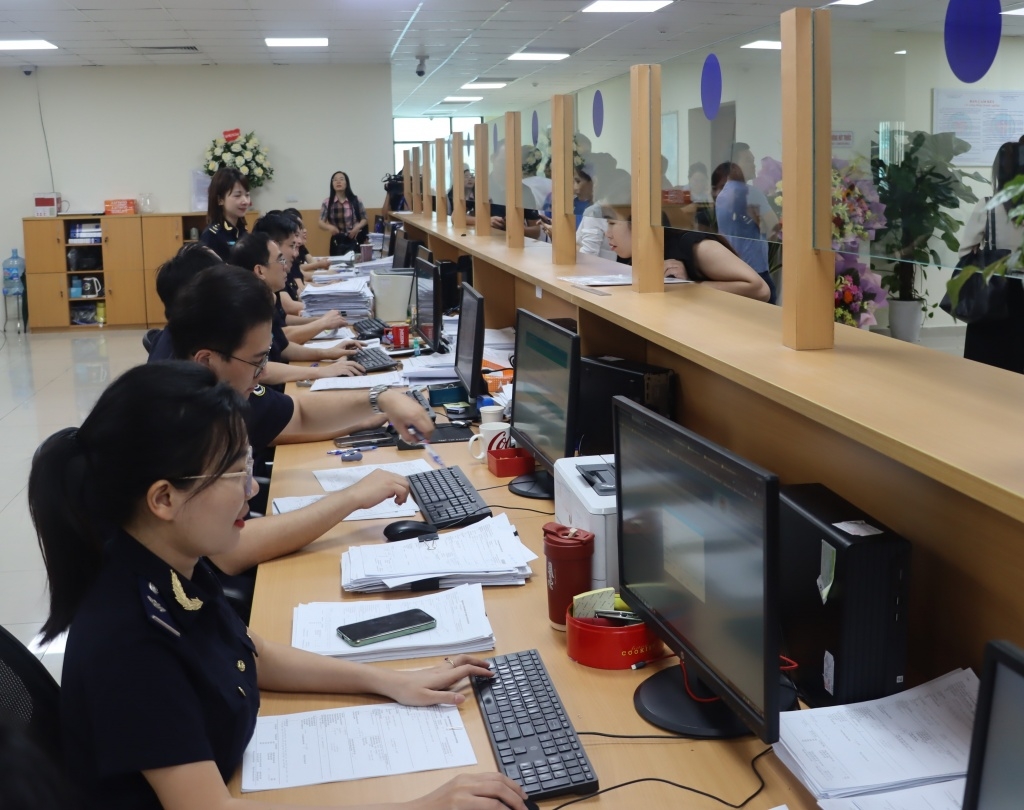
Hai Phong Customs’ revenue rises about VND 1,000 billion
14:52 | 14/02/2025 Customs

Import and export turnover reaches about US$29 billion in the second half of January 2025
14:52 | 14/02/2025 Import-Export
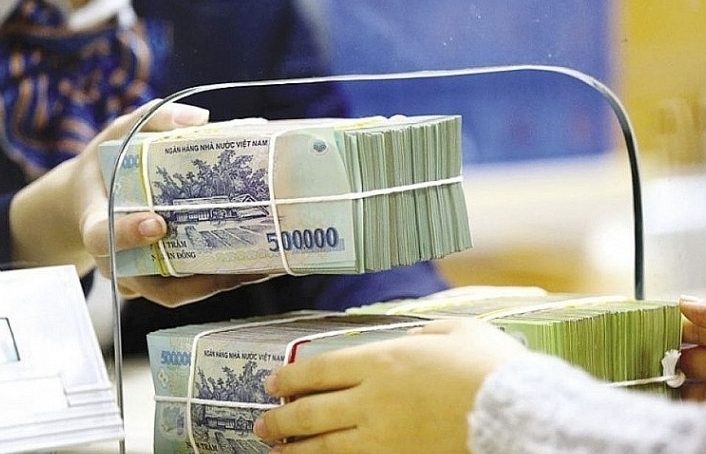
State revenue in first month of the year equal to 14% of the estimate
10:12 | 11/02/2025 Finance
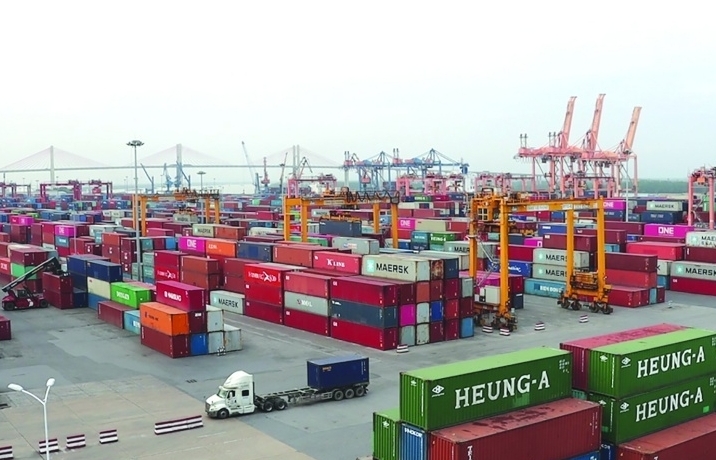
Hai Phong Customs processes more than 1,500 declarations during 2025 Lunar New Year holiday
14:09 | 05/02/2025 Customs
Latest News

Embracing green exports: a pathway to enter global supply chains
10:33 | 20/02/2025 Import-Export

New policy proposed to prevent transfer pricing, tax evasion of FDI enterprises
10:32 | 20/02/2025 Import-Export
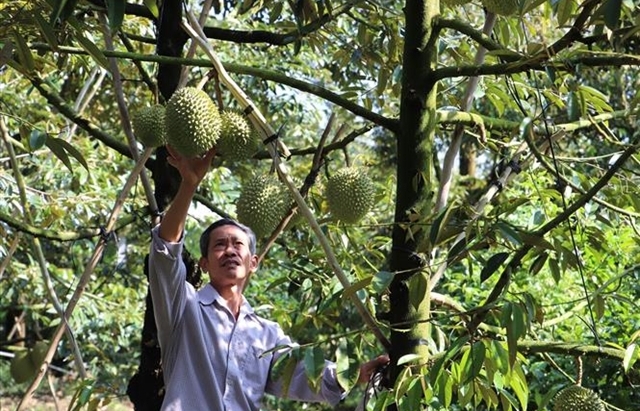
Việt Nam’s durian exports to China plummet by 80%
16:18 | 19/02/2025 Import-Export
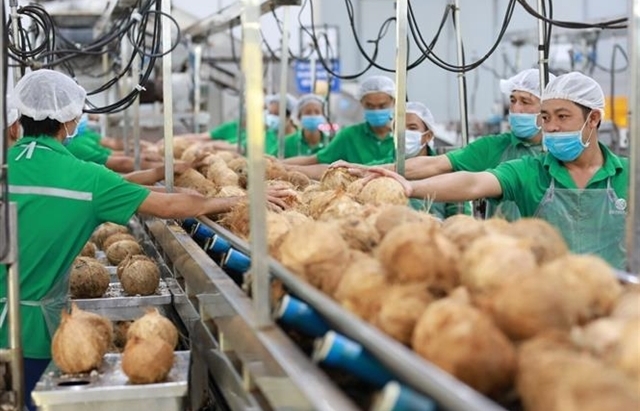
Coconut exports reach 14-year high
15:29 | 18/02/2025 Import-Export
More News

Shrimp exports grow in the first month of 2025
15:28 | 18/02/2025 Import-Export
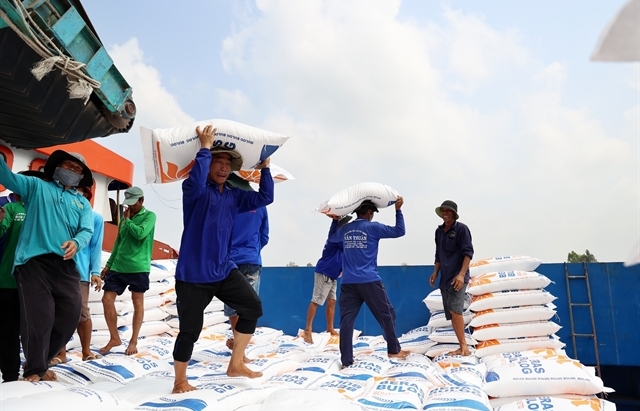
Rice export prices drop, but decline expected to be short-term
08:10 | 17/02/2025 Import-Export
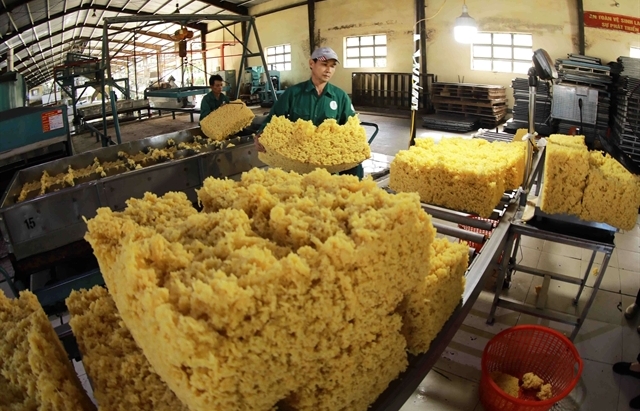
Key agro products expected to maintain export growth this year
08:08 | 17/02/2025 Import-Export
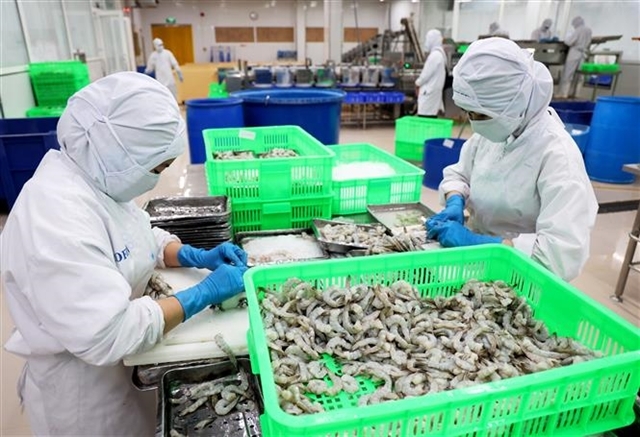
EU issues 12 warnings against Việt Nam’s food and agricultural exports
08:07 | 17/02/2025 Import-Export
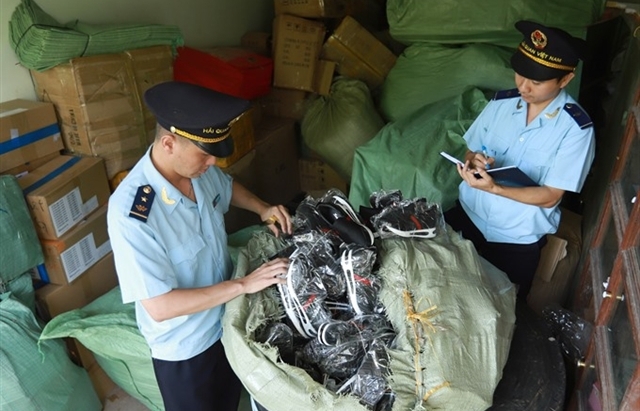
Việt Nam to impose VAT on low-value express-imported goods
08:06 | 17/02/2025 Import-Export

Exchange rate risks need attention in near future
16:31 | 15/02/2025 Import-Export
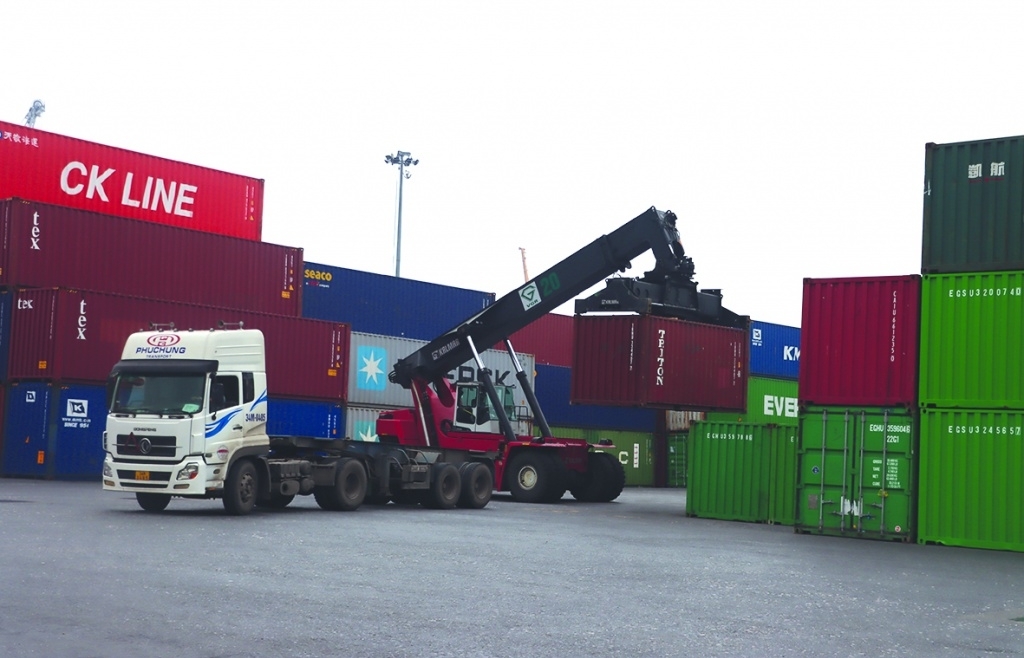
Vietnam kicked off the year with a strong start in trade, exceeding US$63 billion in the first month
16:30 | 15/02/2025 Import-Export

Market edges up slightly as liquidity remains low
14:48 | 14/02/2025 Import-Export

Business regulations must be trimmed for development of enterprises: Experts
14:46 | 14/02/2025 Import-Export
Your care
The system has not recorded your reading habits.
Please Login/Register so that the system can provide articles according to your reading needs.

Embracing green exports: a pathway to enter global supply chains
10:33 | 20/02/2025 Import-Export

New policy proposed to prevent transfer pricing, tax evasion of FDI enterprises
10:32 | 20/02/2025 Import-Export

Việt Nam’s durian exports to China plummet by 80%
16:18 | 19/02/2025 Import-Export

Coconut exports reach 14-year high
15:29 | 18/02/2025 Import-Export

Shrimp exports grow in the first month of 2025
15:28 | 18/02/2025 Import-Export
